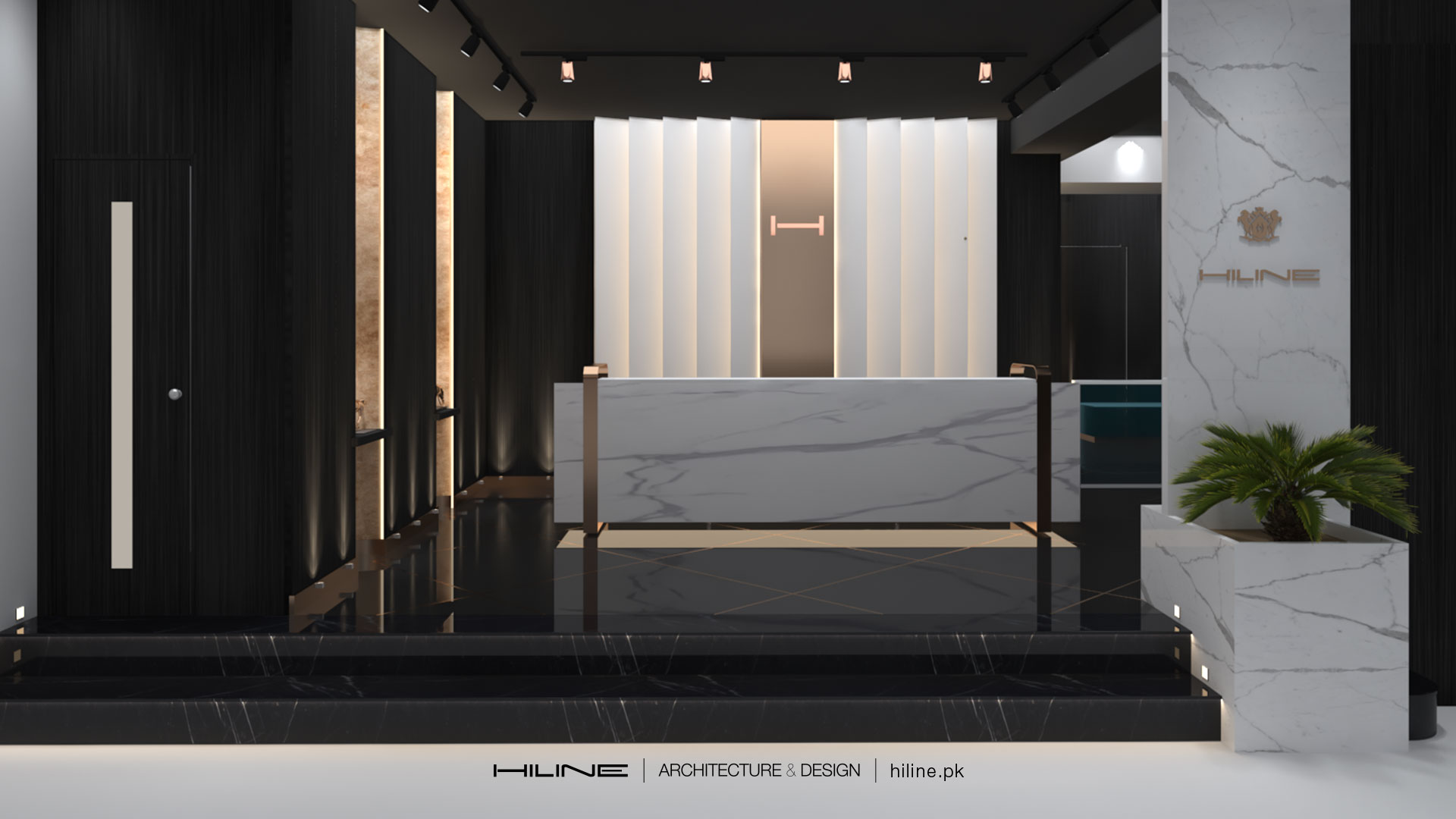How Circular Economy Principles Are Changing the Construction Industry
The building manufacturer had traditionally followed a take as well as make, waste approach, where raw materials were extracted, and used in building projects, and any unexpended materials were discarded as waste. This ferment leads to high resourcefulness and a lot of waste. However, with increasing consciousness about sustainability, a new model is gaining popularity; the rounded economy. Circular saving principles are helping Estimation Companies in USA reconsider how they build, use materials, and declare waste.
This shift not only helps the environment but could also save money and make projects more efficient. In this blog, we’ll explicate what the rounded saving is, its key principles, and how it is influencing building manufacturing today.
What is the Circular Economy?
The rounded saving is a transcription that focuses on keeping resources in use for as long as possible. Instead of the direct model—where resources were taken, used as well, and then down away—the rounded saving seeks to minimize waste and make the most of materials. In primary terms, it’s about reducing, reusing, and recycling at every stage of a product’s lifecycle. For the building industry, this means using property materials, reducing waste, reusing existing building components, and designing buildings with their semipermanent use in mind.
Key Principles of the Circular Economy
The rounded saving was based on three main principles:
Design Out Waste and Pollution
Buildings and materials were designed in ways that minimized waste and pollution. This might need using eco-friendly materials, creating efficacious designs, or choosing building processes that declare emissions.
Keep Products and Materials in Use
This regulation encourages the reuse of materials to cover their life cycle. In construction, this could mean using recycled materials or finding ways to use materials from old buildings earlier than disposing of them.
Regenerated Natural Systems
A rounded saving not only aims to declare cost but also to ready undyed systems. For construction, this could need using materials that elevate biodiversity or incorporating green spaces and inexhaustible vigor systems into building projects.
What the Roundabout Economy Meaning for the Development Business
The rounded saving is making waves in building manufacture in single ways. Below are some key areas where rounded principles are being applied.
ReducingWaste
One of the biggest impacts of the rounded saving on buildings is the focus on waste reduction. Traditionally, building projects generated a large sum of waste—materials like concrete, wood, and metals often ended up in landfills. The circular building aims to exchange this.
- Modular Construction: This involves creating building components off-site, reducing corporeal waste. Modular parts were built with correct measurements, leading to less unexpended material, and they can often be reused in rising projects.
- Recycling Building Materials: Many materials from demolished buildings can be recycled. For instance, old accusative can be crushed and used as aggregate for new projects, while metals like steel and aluminum can be melted down and reused.
Using Sustainable Materials
Roundabout structure advances the utilization of materials that are inexhaustible, recyclable, as well as less egregious to the climate.
- Regular Materials: Building materials like bamboo, stoppers, and wood are short-lived and can be collected economically. These materials declared the biological touch of the building and were also easier to recycle.
- Recycled Materials: Using materials like recycled steel or constructive in building reduces the need for new raw materials and helps close the loop on resourcefulness use. For example, recycled constructive can be used in flooring, insulation, as well as roofing materials.
Designing for Deconstruction
Buildings are now being designed with the rising in mind of Electrical Estimating Services. Rather than demolishing a building when it reaches the end of its useful life, the rounded building encourages designing buildings that can be gently taken apart so that their materials can be reused.
- Modular Design: Modular buildings can be disassembled piece by piece, with each part reused for new projects. This reduces waste and lowers the need for new resources.
- Adaptable Buildings: Some buildings were designed to be flexible, meaning they can be gently renovated or proposed for clear-cut uses. For example, a bureau building might be converted into an apartment earlier than being torn down, saving materials and energy.
Energy Efficiency
The rounded saving also promotes vigor efficiency in buildings, ensuring they use as little vigor as voltage over their lifetime.
- Energy Efficient Design: Circular building focuses on designing buildings that need less vigor to heat, cool, and light. This can be achieved by finished melamine insulation, undyed lighting, and energy-efficient windows.
- Renewable Energy Systems: Integrating inexhaustible vigor sources like solar panels as well as wind turbines as well as geothermic heating helps make buildings more valuable and reduces their dependence on nonrenewable energy.
Benefits of Circular Construction
Adopting rounded saving principles in the building has many advantages, both for the environment and the companies involved.
- Less Waste: Circular building reduces the sum of waste sent to landfills, helping to lower taint and conserve resources.
- Cost Savings: Reusing materials and reducing waste could lower the cost of building projects. Buildings designed with vigor and efficiency in mind could also save owners money on secondary bills in the long run.
- Job Creation: The shift toward a rounded saving is creating new jobs in areas like recycling, green building design, and inexhaustible vigor installation. These jobs concentrate more on property and live economy.
- Longer Lifespan for Buildings: By designing buildings that are flexible, durable, and easy to maintain, building companies could cover their lifespan, reducing the need for new buildings and conserving resources.
Challenges to Circular Construction
While the rounded saving brings many benefits, there are still challenges to fully implementing it in the building industry.
- High Initial Costs: While a rounded building could save money in the long run, it often requires high direct costs. Sustainable materials, energy-efficient technologies, and standard building methods could be more dearly-won than formal options.
- Regulatory Barriers: Some building codes and regulations may not yet concentrate on rounded building practices, such as the use of recycled materials or standard designs.
- Lack of Awareness: Not all building companies of Lumber Estimator or clients are associated with the principles of the rounded economy, which could make it harder to adopt these practices on a wider scale.
Conclusion
The rounded saving is transforming the building manufacture by encouraging companies to reconsider how they use materials, declare waste, and pattern buildings. As rounded principles became more widespread, we could anticipate seeing more property buildings, reduced waste, and new opportunities for innovation.
While there are challenges to overcome, the shift toward rounded buildings is a convincing step ahead for both the environs and the manufacturer as a whole. By embracing the rounded economy, the building manufacturers could build more property rising for generations to come.














Post Comment